What to Plant With Hydrangeas (And What to Avoid at All Costs)
I’ve spent a lot of time in gardens, both my own and for clients, and if there’s one plant everyone wants, it’s the hydrangea. You can’t blame them. Those giant, dreamy flower heads bring a kind of lush, abundant feeling that’s hard to beat. But I’ve also seen so many sad, struggling hydrangeas. And honestly, it’s usually not the hydrangea’s fault. It’s about who you plant next to it.
In this article
Think of it like building a little neighborhood. The right neighbors help each other out, while the wrong ones steal resources and cause drama. Good companion planting isn’t just about what looks pretty; it’s about creating a tiny, balanced ecosystem. The right partners can help keep the soil moist, keep pests away, and fill in the visual gaps to make the whole garden bed look polished and complete. Getting this right is the secret sauce that transforms a so-so garden into a showstopper.
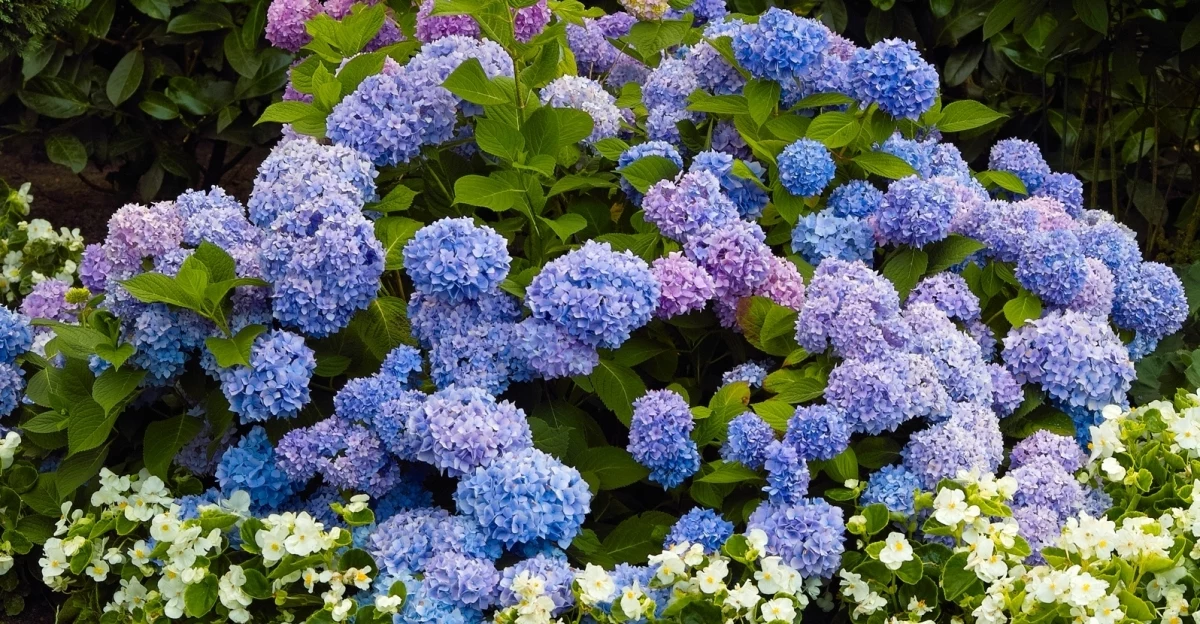
So, let’s skip the boring lists and get into what actually works, based on years of trial and (lots of) error. We’ll cover the why, the who, and the what-not-to-do.
So, What’s Actually Happening Underground?
Before you even grab a shovel, it helps to know what’s going on beneath the surface. Plants are in a constant, silent battle for water, light, and nutrients. The goal here is to play matchmaker, not start a war. For hydrangeas, it really boils down to three key things.
Let’s Talk About Soil pH (and Flower Color!)
Hydrangeas are famous for their color-changing trick. For many of the classic Bigleaf and Mountain types, the soil’s pH level is the boss. It’s not the pH itself, but how it affects aluminum in the soil. Acidic soil (pH below 6.0) lets the plant absorb aluminum, turning the flowers a beautiful blue. In more alkaline soil (pH above 7.0), the aluminum gets locked up, and you get pinks and reds. Smack in the middle, you often see lovely shades of purple.
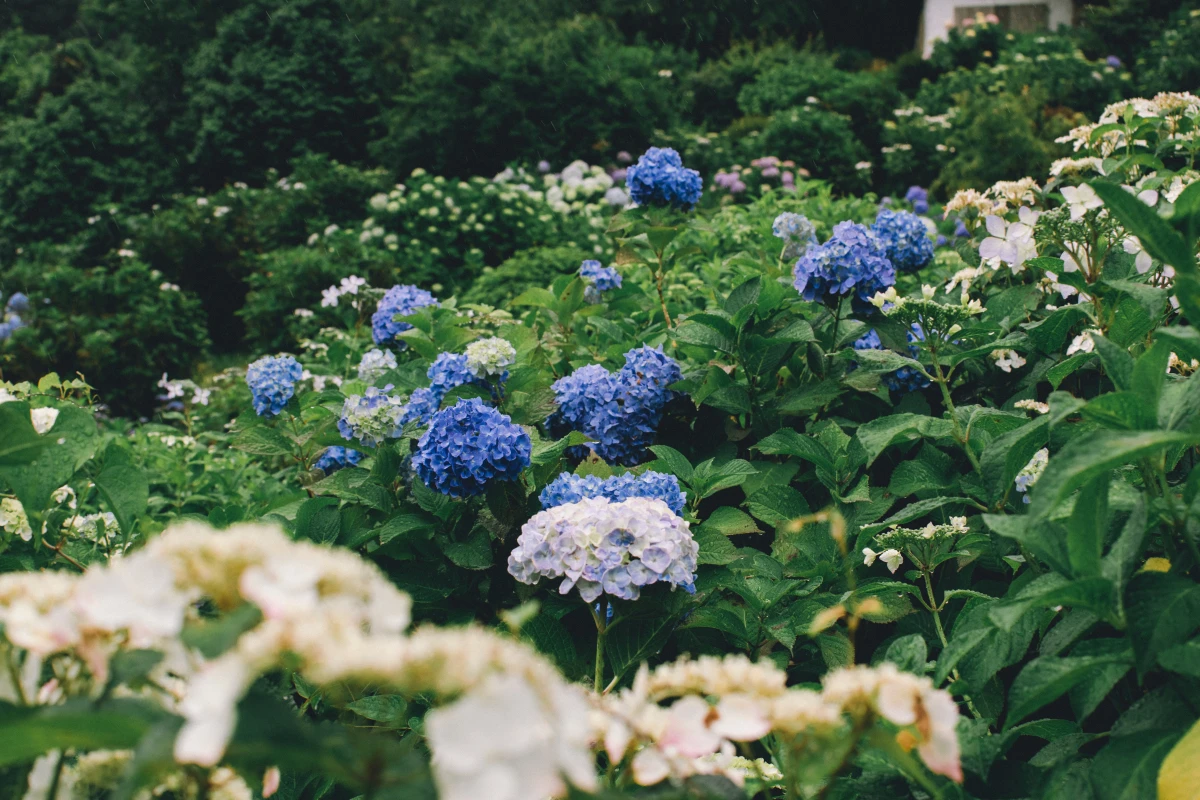
This is CRITICAL for choosing neighbors. If you’re adding stuff to your soil to get those deep blue flowers, you’re creating a very acidic environment. Planting something that loves alkaline soil, like lavender, right next to it would be a total waste of money. The lavender would just turn yellow and wither. You have to match your companion plants to the specific soil conditions you’re creating for your hydrangeas. It’s the number one rule people break.
Good to know: If you are chasing those blue blooms, a common trick is to mix about one tablespoon of aluminum sulfate into a gallon of water and drench the soil around the plant’s base. Do this a few times in the spring as it’s growing, and you should see a big difference.
The Never-Ending Battle for Water
The name “hydrangea” literally comes from Greek words for “water” and “vessel.” These plants are thirsty. They need consistent moisture to keep those huge leaves and flowers happy, especially on hot afternoons. A droopy hydrangea is a common sight, and it’s basically screaming for a drink.

So, when you pick a partner, you have to consider its thirst level. Planting another water-guzzling plant with a super aggressive root system right next to your hydrangea is like putting two rivals in a tiny room with one glass of water. I’ve seen it happen—a fast-growing perennial can literally choke out a young hydrangea by stealing all the moisture. The best companions have more modest water needs or root systems that don’t spread so aggressively.
Airflow, Light, and Keeping Things Healthy
Most hydrangeas love a little pampering: gentle morning sun and some shade from the scorching afternoon heat. A well-placed companion can help. A taller, wispy plant situated to the west can act as a natural umbrella, filtering that harsh light. But there’s a catch. If you plant everything too close together, you cut off airflow. Stagnant, humid air is an open invitation for fungal diseases like powdery mildew. Trust me, you don’t want to spend your summer spraying for that.
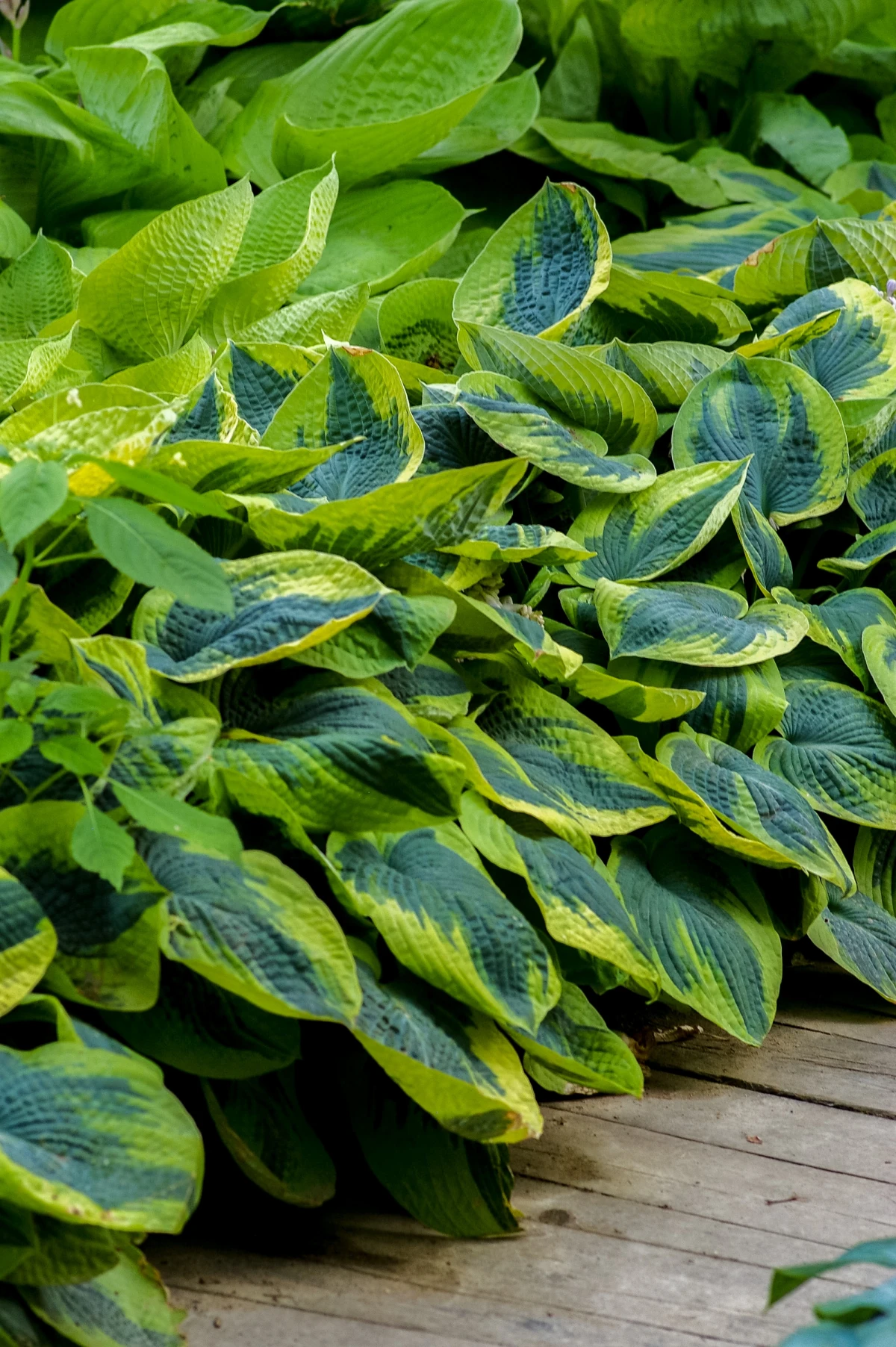
Proper spacing isn’t just for looks; it’s your best tool for preventing disease. Always, always, ALWAYS plan for how big the plants will be in a few years, not how they look in their little nursery pots. This one step will save you so much trouble later on.
My Go-To Companions for Happy Hydrangeas
After years of experimenting, I have a shortlist of reliable partners that not only survive but actually help hydrangeas thrive. These are my workhorses.
1. Hostas
Okay, this is a classic for a reason. Hostas are a perfect match because they love the same shady, moist conditions. But their real value is much more than that.
The broad leaves of a hosta act like a living mulch. They shade the soil right around the base of the hydrangea, which keeps the roots cool and helps hold onto moisture. This means less watering for you! They also do a fantastic job of covering up the bare, leggy stems that older hydrangeas sometimes get, making the whole planting look lush and full. They generally don’t look amazing overnight; give them two or three seasons to really fill in and create that seamless look.
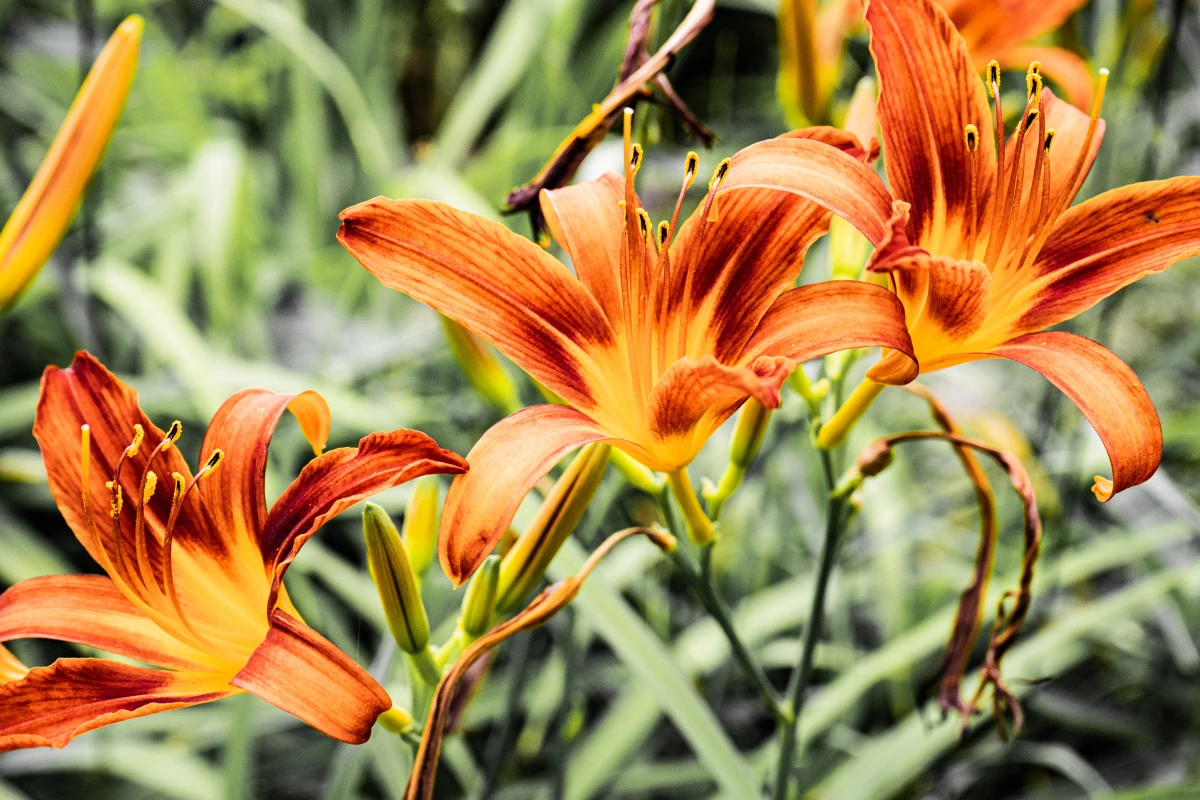
My favorites: For a pop of bright color, ‘Sum and Substance’ has huge chartreuse leaves. For deep shade, the crisp white edges of ‘Patriot’ are stunning. The bluish tones of ‘Halcyon’ also look incredible next to a pink or white hydrangea.
Budget: Expect to pay anywhere from $12 for a small one-quart pot at a big box store up to $30 or more for a huge, mature specimen from a local nursery.
Planting Tip: Give them space! Plant them at least 18 to 24 inches away from the main stem of the hydrangea. This gives both plants room to breathe and grow.
2. Ferns
If you’re going for a softer, more woodland vibe, ferns are an absolute dream. Their delicate texture is the perfect contrast to the big, bold leaves and flowers of the hydrangea.
While the hydrangea provides the structure, the fern brings the grace. It’s a masterclass in texture. Even better, most shade ferns have fine, polite root systems that won’t get into a fight with your hydrangea underground. Japanese Painted Ferns are a top pick for their silvery fronds that brighten up dark corners. The Autumn Fern is another winner, with new fronds that emerge in a beautiful coppery-pink color.
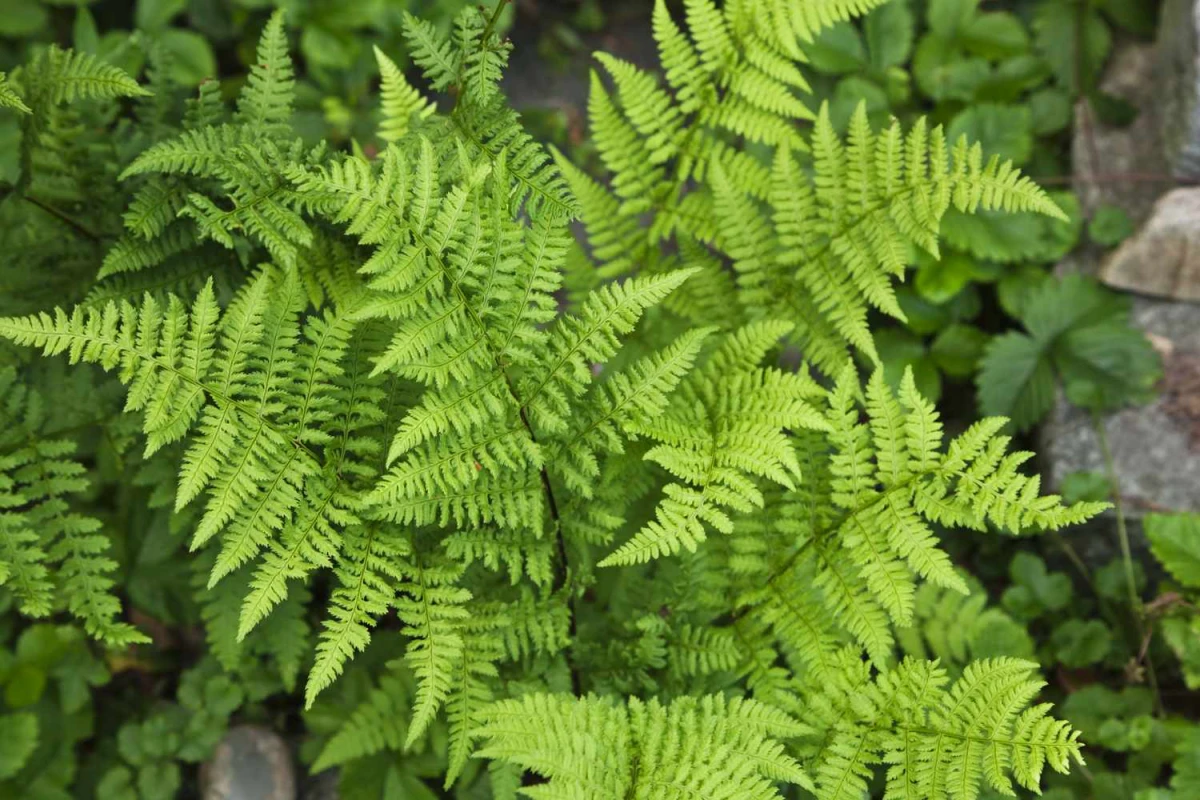
Budget: A decent-sized fern will typically run you between $15 and $25.
Planting Tip: Ferns need rich, organic soil and consistent water. Don’t let them dry out. Mulching right after you plant them is a must. A word of caution: some ferns, like the Ostrich Fern, can spread aggressively. If you have a small space, you might want to stick to clump-forming varieties to avoid a garden takeover.
3. Astilbe
When you want more flowers and a different shape, Astilbe is a fantastic choice. Their feathery, upright plumes are a beautiful counterpoint to the round hydrangea blooms.
They create great visual energy and bloom around the same time as many hydrangeas, so you get a huge floral impact in mid-summer. They also love the exact same conditions: partial shade and moist, rich soil. The biggest catch with Astilbe is their need for water. They will be the first plant in the bed to tell you it’s thirsty—their leaf edges will get brown and crispy in a hurry. For weekly care, they are your canary in the coal mine.
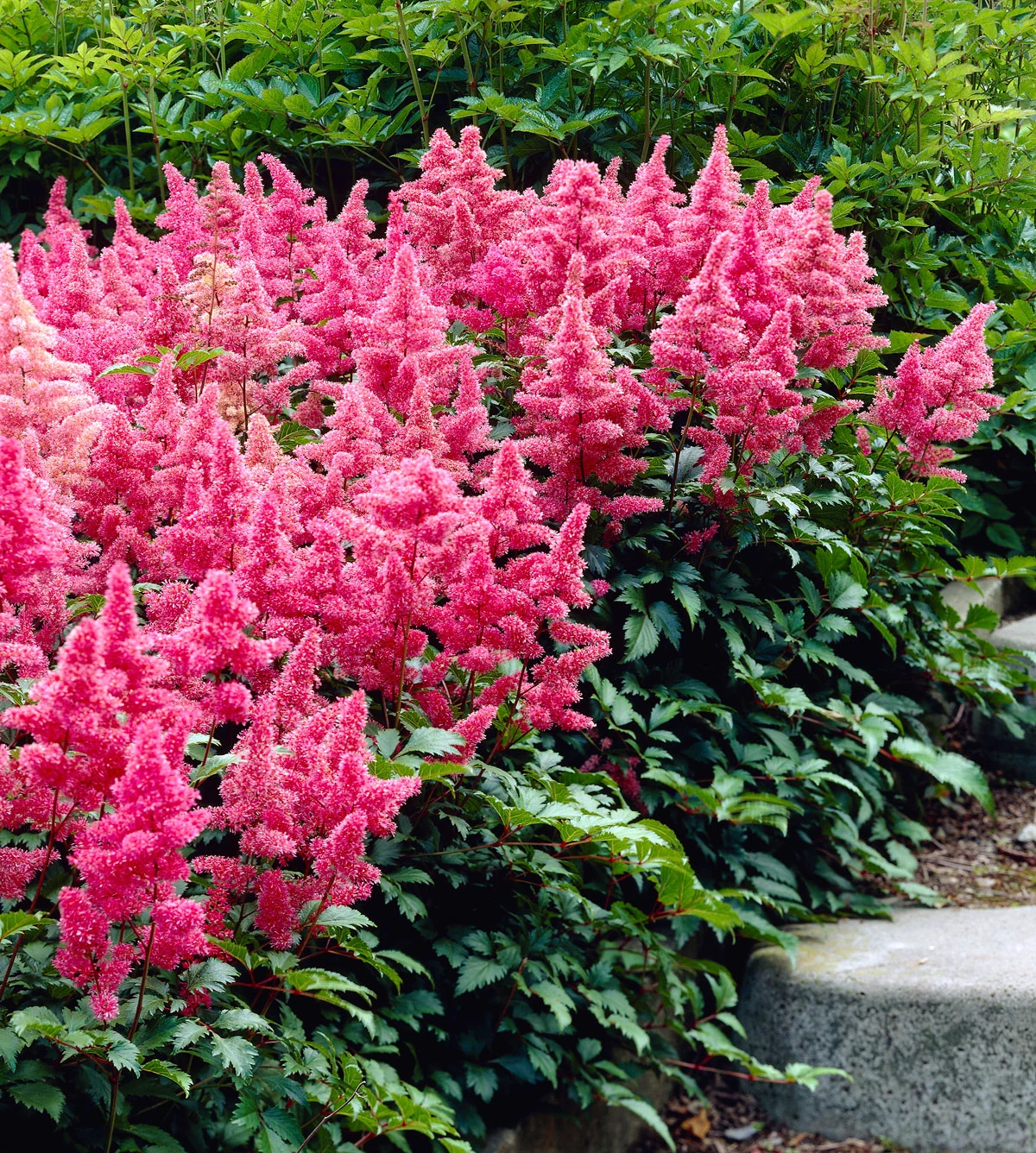
My favorites: ‘Fanal’ offers a deep, dramatic red, while ‘Deutschland’ has clean white plumes that look elegant with anything.
Budget: Astilbe are pretty affordable, usually in the $10 to $20 range.
Planting Tip: Give them a boost with a balanced, slow-release fertilizer when you plant. They’re heavy feeders.
4. Coral Bells (Heuchera)
For color that lasts all season long, you can’t beat Coral Bells. Their magic is all in the foliage.
Flowers are fleeting, but foliage is forever (or at least for the whole season). I use Coral Bells to pull colors from the hydrangea flowers or create a high-impact contrast. Imagine a deep purple variety like ‘Dolce Wildberry’ planted next to a crisp white hydrangea—it’s a showstopper. The best part? In many climates, they’re semi-evergreen, so you get a splash of color even in the dreary winter months.
Budget: These can vary widely based on how new and fancy the variety is, but a good range is $15 to $35.
Planting Tip: The biggest mistake people make is planting them too deep. You have to keep the crown high and dry. (The crown is that central point where the stems meet the roots—if you bury it, it will rot). If you have clay soil, mix in some compost and a little fine pine bark to improve drainage. This is non-negotiable for keeping them alive long-term.
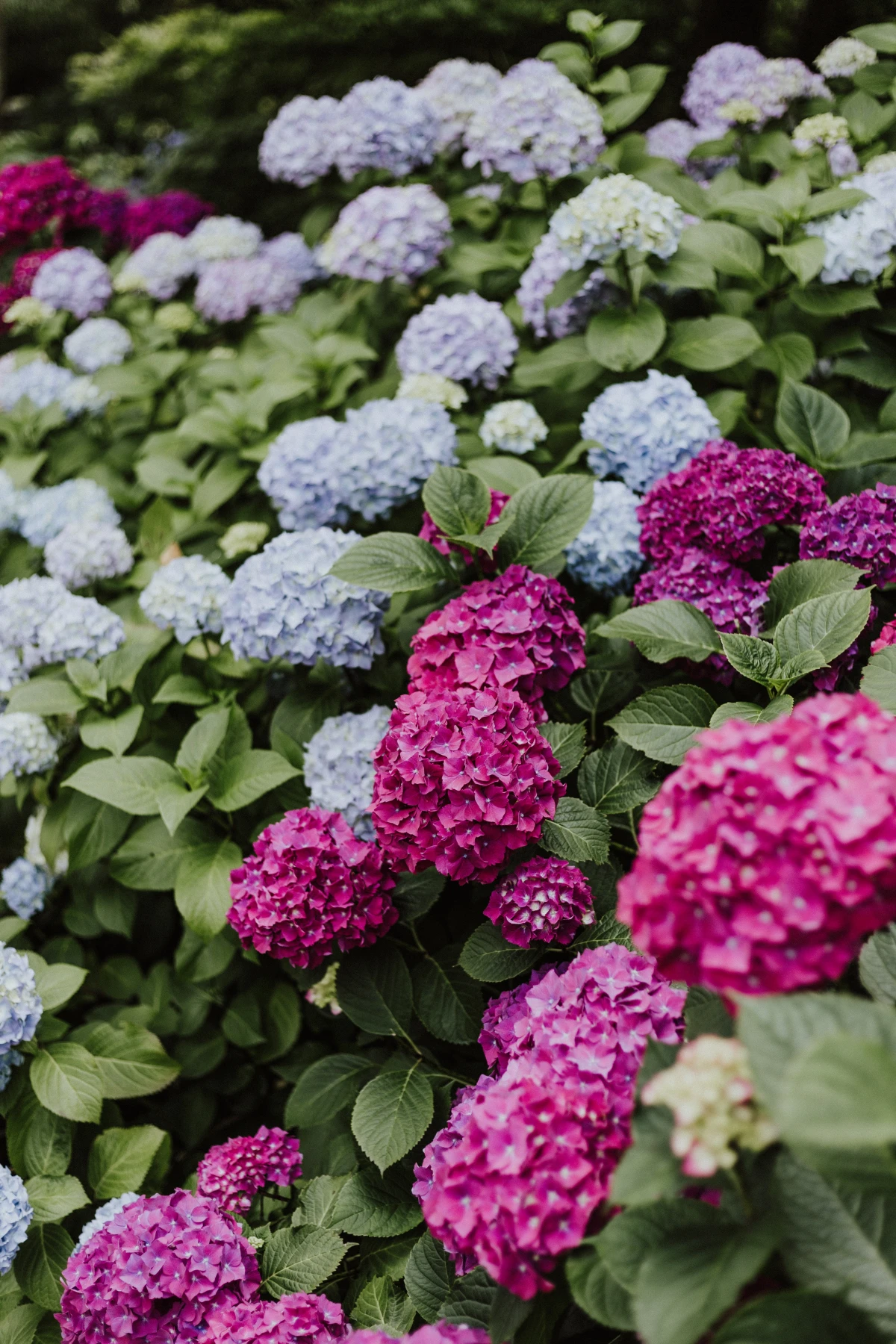
How to Choose: A Quick Rundown
Feeling a little overwhelmed by the options? Here’s a simple way to think about it:
-
For low-maintenance groundcover, pick Hostas. They’re reliable, cover bare stems, and conserve soil moisture. It’s the easiest win.
-
For amazing texture and a natural look, go with Ferns. They bring a soft, woodland feel that nothing else can replicate, but they do need consistent water.
-
For more flowers and contrasting shapes, choose Astilbe. Their feathery plumes add energy, but be prepared to water them regularly during dry spells.
-
For season-long color and drama, you can’t beat Coral Bells (Heuchera). Their colorful foliage is the star, but they absolutely demand good drainage.
What About My Sun-Loving Hydrangeas?
So glad you asked! Not all hydrangeas hide in the shade. The super-popular Panicle types (the ones with the big cone-shaped flowers) are tough as nails and thrive in sunnier spots. But that means they need different friends.
You can’t use shade-lovers like Hostas here; they’d fry. Instead, you want companions that can also take the heat but won’t bully the hydrangea. Russian Sage is a great option with its silvery foliage and purple flowers. Coneflowers (Echinacea) are also a solid choice. Their deep taproots tend to go straight down, so they aren’t competing as much in the same soil zone as the hydrangea’s feeder roots.
Just be careful here. A sunnier spot means water evaporates faster, so a good layer of mulch is your best friend. The goal is to find plants that like sun but aren’t total water hogs.
The Bad Neighbors: Plants to Keep Away from Hydrangeas
Knowing what not to do is just as important. Here are a few common pairings that are doomed from the start.
1. Plants with Opposite Needs: Don’t try to plant Mediterranean herbs like Lavender or Rosemary next to a hydrangea. It’s a fool’s errand. They want dry, lean, alkaline soil. Hydrangeas want the complete opposite. One of them will always be miserable.
2. Aggressive Bullies: Be so, so careful with anything that spreads by runners, like most mints, Bee Balm (Monarda), or even that beautiful Ostrich Fern in the wrong spot. They will create a dense mat of roots that will absolutely win the war for water and nutrients.
3. A Surprising Culprit: It’s so tempting to plant something like Black-Eyed Susans nearby for that classic summer color combo, but I’d advise against it. In a sunny location, their root systems are incredibly vigorous and will hog all the available moisture, leaving your poor hydrangea thirsty and stressed.
4. Big, Thirsty Trees: Never plant a hydrangea directly under a mature Maple, Birch, or other shallow-rooted tree. The tree will always win the battle for water. Always.
Final Thoughts and Friendly Advice
A beautiful garden is a safe garden. It’s worth knowing that hydrangeas are toxic to dogs, cats, and horses if they eat a large amount. While poisonings are pretty rare, if you have a pet that’s a known plant-chewer, you might want to plant your hydrangeas in a spot they can’t easily reach.
Want a quick win? Go outside right now and look at the base of your hydrangea. Are other plants physically touching the main stems? If so, grab a trowel and gently move them back about six inches. This simple five-minute job dramatically improves airflow and is your best defense against annoying fungal diseases. It’s the best kind of garden care: fast, easy, and super effective.
Building a gorgeous garden bed around your hydrangeas isn’t a massive, expensive overhaul. A few well-chosen perennials, costing maybe $50 to $80, can completely transform the space. And in terms of time, once it’s established, you’re realistically looking at a quick check for water a couple of times a week during the hot summer months. That’s it.
By choosing partners that create a happy little community, you’re building a garden that’s not just beautiful, but also healthier and more resilient. It’s a garden that works with you, not against you.










